Throughout his nearly 40-year-long career, Liam Neeson has become famous for often starring in films as tough guys who end up killing at least one (and often more than one) person. But, just as often, Neeson’s characters find themselves staring down the other end of the barrel of the gun…and many of them do not live to tell the tale. Although Neeson doesn’t have quite as big of a reputation for frequent on-screen character deaths as fellow actors like Sean Bean, it nevertheless happens often enough to warrant a ranking of some of the more noteworthy examples of Liam Neeson biting the dust.
10
‘A Prayer for the Dying’ (1987)
A Prayer for the Dying
Release Date
September 11, 1987
Runtime
107 minutes
Director
Mike Hodges
Writers
Edmund Ward
Producers
Peter Snell
In one of his earliest film roles, Neeson stars alongside Mickey Rourke as two IRA members and close friends whose lives are drastically changed when Rourke’s character, Martin Fallon, abruptly decides to leave behind his life of violence and terrorism. When Fallon refuses to kill a priest (Bob Hoskins) who witnessed his final killing, the IRA sends Liam Docherty (Neeson) to London to persuade Fallon to return to Ireland and the IRA, with orders to kill Fallon if he refuses again. However, despite Fallon’s second refusal, Docherty cannot bring himself to kill his friend. As punishment, the IRA orders Siobhan (Alison Doody), a younger IRA member who accompanied Docherty to London to meet with Fallon, to kill Docherty. She promptly shoots him in the head in their London apartment.
This Neeson death stands out for a couple of reasons. Firstly, Siobhan’s betrayal of Docherty foreshadows Doody’s more famous role as an equally duplicitous and traitorous Nazi collaborator in Indiana Jones and the Last Crusade, released just a couple of years later. Secondly, it is one of the few instances where a Neeson character is killed not in the middle of a battle or fight – he is just outright murdered. Even though he is a terrorist, one cannot help but feel sorry for Docherty for being killed because he followed his conscience.
9
‘Wrath of the Titans’ (2012)
The notion of a Greek god dying might seem oxymoronic, but that is precisely the direction in which this forgotten sequel to the poorly received Clash of the Titans (2010) went. As in the first film, Neeson plays none other than Zeus, who finds that he and the other gods are gradually losing their power and immortality due to lack of prayers from the mortal population, allowing the imprisoned Titans to break free. This ultimately leads to Zeus going to war with his own brother, Hades (Ralph Fiennes), and son, Ares (Édgar Ramírez) to prevent the Titans from taking power, with help from his demigod son, Perseus (Sam Worthington). Although Zeus and Hades eventually reconcile, the former is mortally wounded by Ares. He is able to share some kind parting words with Perseus before finally crumbling into stone.
This isn’t actually the first time Neeson played a heroic father figure who speaks to his son right before dying in battle…or the second. Indeed, both Gangs of New York (2002) and Kingdom of Heaven (2005) feature very similar scenes with Neeson in their opening acts. But, while Gangs and Kingdom are both generally considered superior films. Wrath gets the spot on this list due to the uniqueness of Neeson playing a mortal Greek god.
8
‘The Mission’ (1986)
The Mission
Release Date
September 24, 1986
Runtime
126 minutes
Director
Roland Joffé
Returning to Neeson’s early career, this historical drama saw him play a Catholic priest who helps Jeremy Irons and Robert De Niro protect a Jesuit mission in the jungles of Paraguay from colonial Spanish and Portuguese forces that seek to appropriate the mission and enslave the Guaraní (rather than merely convert them, as is the mission’s original objective). Their resistance is futile, though, for all three protagonists, along with most of the Guaraní living in the mission, are ultimately killed by the colonial troops.
While Neeson features less prominently in the film than Irons and De Niro, his death scene is quite riveting. Near the end of the film, the priest, along with several Guaraní warriors, climbs into a canoe armed with rifles and arrows to fight the colonial troops and keep them away from the mission. A Portuguese general and his troops pursue Neeson and the Guaraní in their own canoe. Fr. Fielding is fatally shot by the Portuguese in the other canoe, but his Guaraní compatriots continue paddling the canoe until they go over a waterfall, forcing their pursuers to follow them to their doom. Although the film arguably plays into white-savior tropes and sidelines the Guaraní’s perspective in favor of its white protagonists, this scene is nevertheless worth remembering for its heart-pounding pacing and Neeson’s heroic sacrifice.
7
‘The Chronicles of Narnia: The Lion, the Witch and the Wardrobe’ (2005)
In this adaptation of the first book in C.S. Lewis’s classic children’s series, Neeson plays Aslan, the lion who created Narnia. When the forces of the White Witch (Tilda Swinton) pursue Edmund (Skandar Heynes), one of the four children who enters Narnia through a wardrobe at the beginning of the film, Aslan instead offers himself as a sacrifice to her. However, even though the Witch kills him in front of her whole army, Aslan is resurrected and returns in the film’s climactic battle scene to defeat the White Witch and save Narnia. Aslan’s storyline is an overt homage to the biblical death and resurrection of Jesus Christ, reinforced by Aslan’s proclamation after killing the White Witch that “It is done.”
The lion Aslan’s death is a unique entry on this list for two reasons. One, this is Neeson’s only voice role on the list (the lion himself is CGI). Two, this is the only death on the list that isn’t permanent. One might call that cheating, but as long as Neeson’s character is dead at some point in the film, I say it’s fair game.
6
‘A Million Ways to Die in the West’ (2014)
Speaking of unique entries, Seth MacFarlane’s Western comedy features by far the list’s most comedic death scene, as well as the first entry in which Neeson played a villain. Neeson plays Clinch Leatherwood, an abusive bandit married to Anna (Charlize Theron), who challenges MacFarlane’s character, Albert, to a duel after noticing the mutual affection between Albert and Anna. During the duel, Albert shoots Clinch in the shoulder with a bullet laced with rattlesnake venom. But, before Albert can finish his triumphant monologue about how he obtained the venom and coated the bullet with it, Sarah Silverman’s character interrupts him to reveal that Clinch died before Albert even began the monologue. There isn’t much else to say about this scene aside from giving Neeson kudos for being willing to poke fun at his own tough-guy persona, even if the film itself is pretty sophomoric and forgettable.
Related
Liam Neeson Had a Very Specific Condition to Star in Seth MacFarlane’s Western Bomb
Seth MacFarlane famously attempted to try his hand at the Western genre with 2014’s A Million Ways to Die in the West, spawning lackluster results.
5
‘Michael Collins’ (1996)
Michael Collins
Release Date
October 25, 1996
Runtime
132 minutes
Director
Neil Jordan
Nine years after A Prayer for the Dying, Neeson once again played a member of the IRA – a real one, this time. Michael Collins was an important revolutionary leader during both the Irish War of Independence and the Irish Civil War between 1919 and 1922, serving as both a military leader for the IRA and an elected official in the newly independent Irish Free State. However, he was assassinated at age 31 by IRA members opposed to the 1921 Anglo-Irish Treaty that allowed Ireland to gradually (rather than immediately) gain its independence from Great Britain, which Collins supported.
While many questions about Collins’s real-life assassination remain unanswered, the film implies that Collins’s fellow revolutionary – and the future President of Ireland – Éamon de Valera (Alan Rickman) had a hand in the ambush due to his anger at Collins for supporting the Treaty. While being driven to West Cork to make peace with de Valera, Collins’s entourage is intentionally diverted to a blocked road, where de Valera’s assassins open fire on him. The film accentuates the tragedy of Collins’s murder by cross-cutting between the shooting and his fiancée Kitty Kiernan (Julia Roberts) trying on wedding dresses, blissfully unaware of her would-be groom’s death, before the credits roll. The frustrating lack of closure in this ending, combined with its basis in real life, results in this scene packing quite the emotional gut punch.
4
‘The Grey’ (2011)
Release Date
January 27, 2012
Runtime
117 minutes
Aside from perhaps the Taken series, no film better embodies the gritty and jaded character type that Neeson has repeatedly portrayed throughout his career than The Grey (2011). With a brooding disposition, a tragic family past, and, of course, a very particular set of skills, John Ottway is, in many respects, the quintessential Liam Neeson action hero. In this film, Ottway and a group of fellow oil workers become stranded after their plane crashes in the cold and remote Alaskan woods that are teeming with vicious grey wolves. Ottway leads the men through the forest, but, as time goes on, each man is wiped out by either the wolves or the elements until Ottway himself is the last one standing.
At the end of the film, Ottway finds himself in the wolves’ den and face-to-face with the alpha pack leader. With nothing left to defend himself aside from a knife and some glass shards, Ottway charges at the alpha wolf before the film abruptly cuts to black and the credits roll. That is, until the screen fades back in to a post-credits scene, first showing some words to a poem written by Ottway’s father about “the last good fight,” followed by a shot of Ottway’s head leaning against the alpha wolf’s body, both of them seemingly at death’s door. But the film fades to black one last time, preventing us from knowing for sure about Ottway’s fate.
The fact that Ottway is technically still alive at the film’s conclusion might make this a dubious choice for a “death scene.” But, realistically, Ottway has virtually no chance of being rescued, and he’s presumably severely wounded from his fight with the alpha wolf. So, for all intents and purposes, he is (or, rather, soon will be) dead. Nevertheless, the ending instills a feeling of catharsis in the audience, as Ottway’s suffering and despair are finally over, and he will finally be at peace.
3
‘Batman Begins’ (2004)
In another rare villain role, Neeson portrayed Bruce Wayne’s (Christian Bale) mentor-turned-foe, Ra’s al Ghul, in the first installment of Christopher Nolan’s acclaimed Dark Knight trilogy. As the leader of the mysterious League of Shadows, Ra’s (under the alias Henri Ducard) trains a young Bruce in martial arts and helped him develop the philosophy of fighting corruption that later becomes core to his identity as Batman. However, Bruce ultimately rejects the league due to its belief that Gotham City is beyond saving and must be destroyed. Several years later, Ducard re-emerges at Bruce’s birthday party, revealing his identity as Ra’s al Ghul. With help from the Scarecrow (Cillian Murphy) and a powerful microwave device, Ra’s plans to release a fear-inducing drug into the air to drive Gotham’s entire population into mass hysteria.
The final between Batman and Ra’s takes place on a monorail carrying the microwave device with which Ra’s intends to dry out Gotham’s entire water supply. Batman eventually succeeds in overpowering Ra’s and pinning him to the train’s floor. But, rather than kill Ra’s himsefl, Batman opts instead to just leave him to die on the train, which is barreling towards a massive drop where the tracks have been destroyed. This death scene remains somewhat controversial among Batman fans due to the character’s well-known refusal to kill his enemies (a vow that Batman stubbornly adheres to in the film’s two sequels). That controversy, along with Neeson being cast against type in this role, makes Ra’s al Ghul’s death in Batman Begins easily one of the most memorable of Neeson’s career.
2
‘Star Wars: Episode 1 – The Phantom Menace’ (1999)
Even though The Phantom Menace wasn’t (and still isn’t) loved by most Star Wars fans and critics, it did lead to one of the most memorable and acclaimed sequences in the entire franchise: the climactic lightsaber duel between Jedi Knights Qui-Gon Jinn (Neeson) and Obi-Wan Kenobi (Ewan McGregor) and Sith Lord Darth Maul (Ray Park). Featuring impressive choreography and an epic John Williams score entitled “Duel of the Fates,” the sequence lasts for several minutes and culminates in Maul’s eventual defeat at the hands of Obi-Wan – but not before Maul fatally stabs Qui-Gon with his red, double-sided lightsaber.
Out of all the death scenes on this list, this scene arguably had the biggest impact on popular culture (hence its high ranking on this list). Not only is the scene itself memorable, but the impact of Qui-Gon’s death has major implications for the rest of the saga. As Qui-Gon lies dying in Obi-Wan’s arms, he makes his young apprentice promise that he will train young Anakin Skywalker (Jake Lloyd) to be a Jedi Knight. However, as we all know, Obi-Wan and Anakin’s relationship ultimately collapses, leading Anakin to fall to the Dark Side and become the menacing Sith Lord Darth Vader. Perhaps, if the older and more experienced Qui-Gon hadn’t been killed by Darth Maul, he would have been able to better Anakin himself without making the mistakes that led to Anakin going down his dark path. Sadly, we will never know.
Related
The 10 Highest-Grossing Films Starring Liam Neeson
Hollywood legend Liam Neeson has had a solid box office run and these ten films prove it.
1
‘Schindler’s List’ (1993)
Schindler’s List
Release Date
December 15, 1993
Runtime
195 Minutes
This is another entry whose inclusion might be cheating a little bit, as Neeson does not actually die on-screen in Steven Spielberg’s Oscar-winning masterpiece about the Holocaust. However, the film’s treatment of his character’s death is so powerful and creative that it absolutely deserves mentioning. Based on a true story, Oskar Schindler (Neeson) is a German businessman and member of the Nazi Party who protects nearly 1,100 Jewish people from deportation to concentration camps by employing them in his factory. After World War II ends and Germany surrenders to the Allies, Schindler and his wife Emilie (Caroline Goodall) are forced to flee the approaching Soviet Red Army, while the Jewish people he protected stay in Germany to get liberated. Before he parts ways with the people he saved, his assistant, Itzhak Stern (Ben Kingsley), presents him with an engraved ring forged by their workers and consoles Schindler when he tearfully wishes that he had saved more people. The film ends with an epilogue in which the real surviving Schindlerjuden visit Schindler’s grave in Israel, accompanied by the actors from the film, including Kingsley and Neeson. They each lay a stone on the grave, after which Neeson himself places two roses on the grave.
I believe that this scene qualifies as a “death scene” because it acknowledges that Oskar Schindler has died, even if it doesn’t show the actual death on-screen. Furthermore, it takes the number one spot because it conveys the impact of Neeson’s character’s life and death better than any other film on this list. Spielberg’s brilliant decision to break the fourth wall reminds the audience that everything that they just saw happened in real life. Given that this list is about memorable scenes, it makes sense to give the top spot to a scene that was designed to make the audience remember it for the rest of their lives.
You can view the original article HERE.
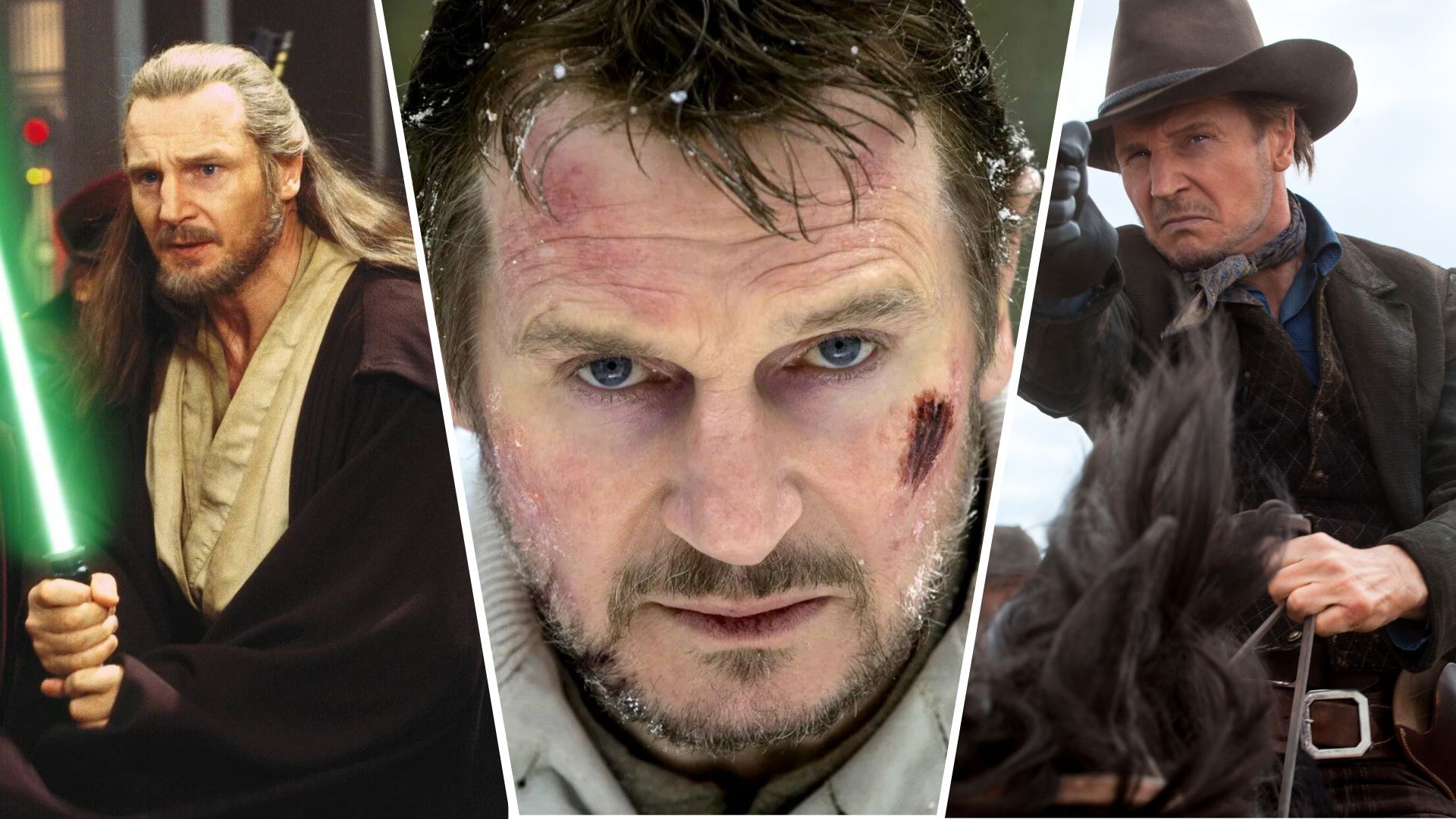
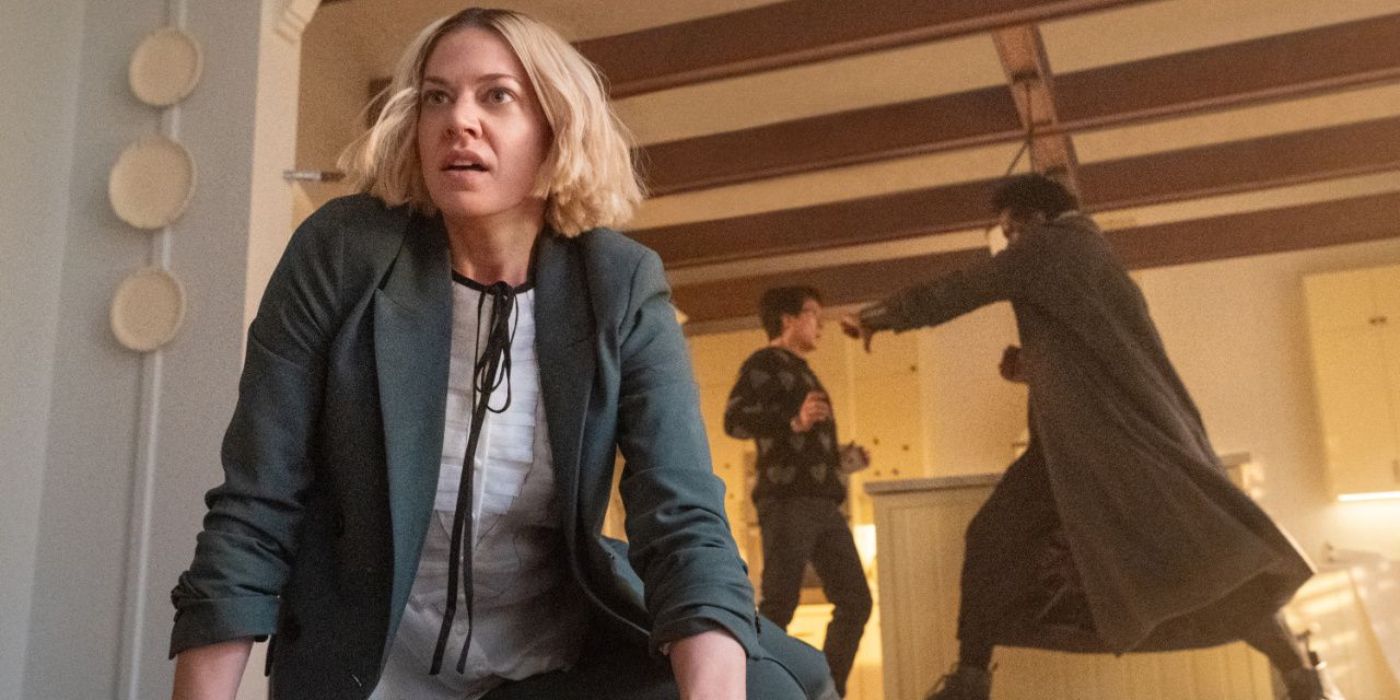

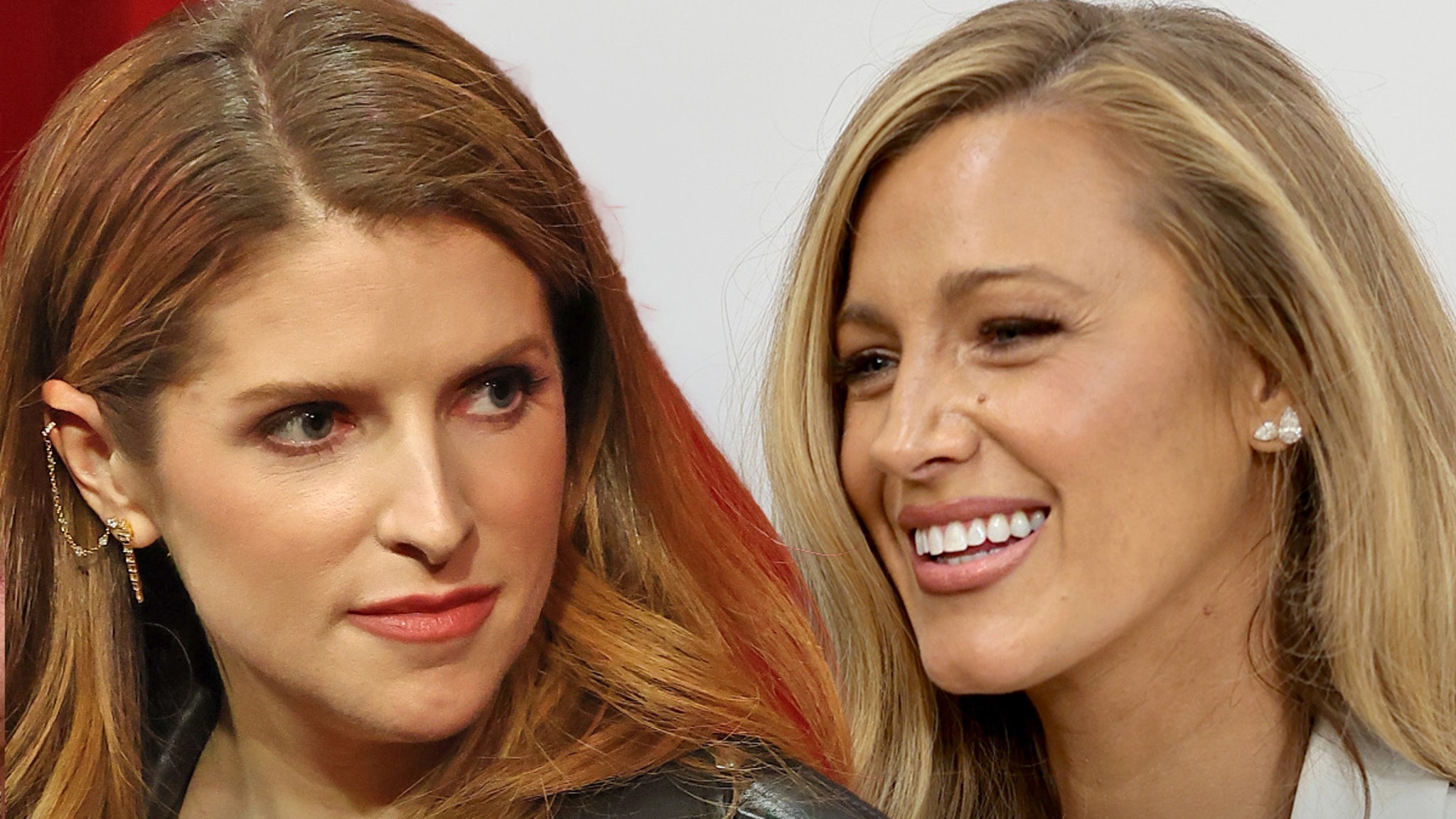
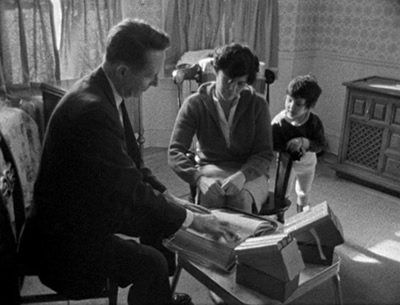
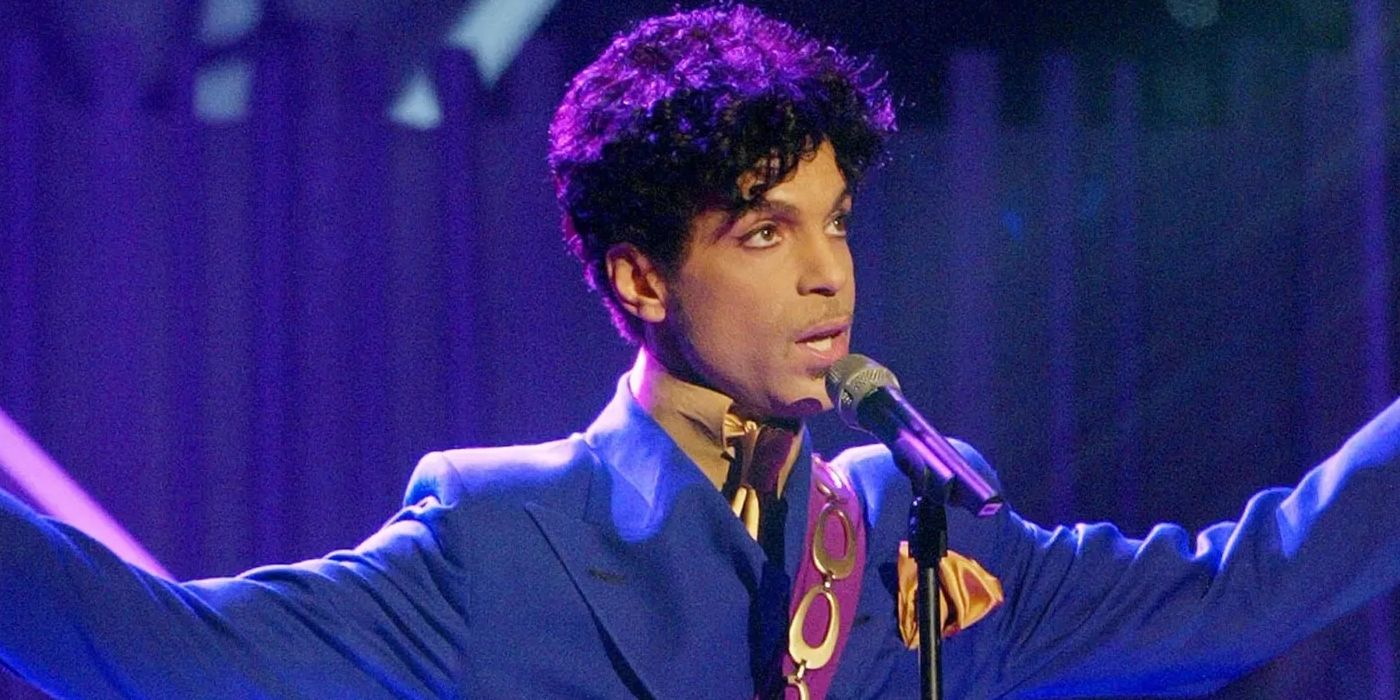

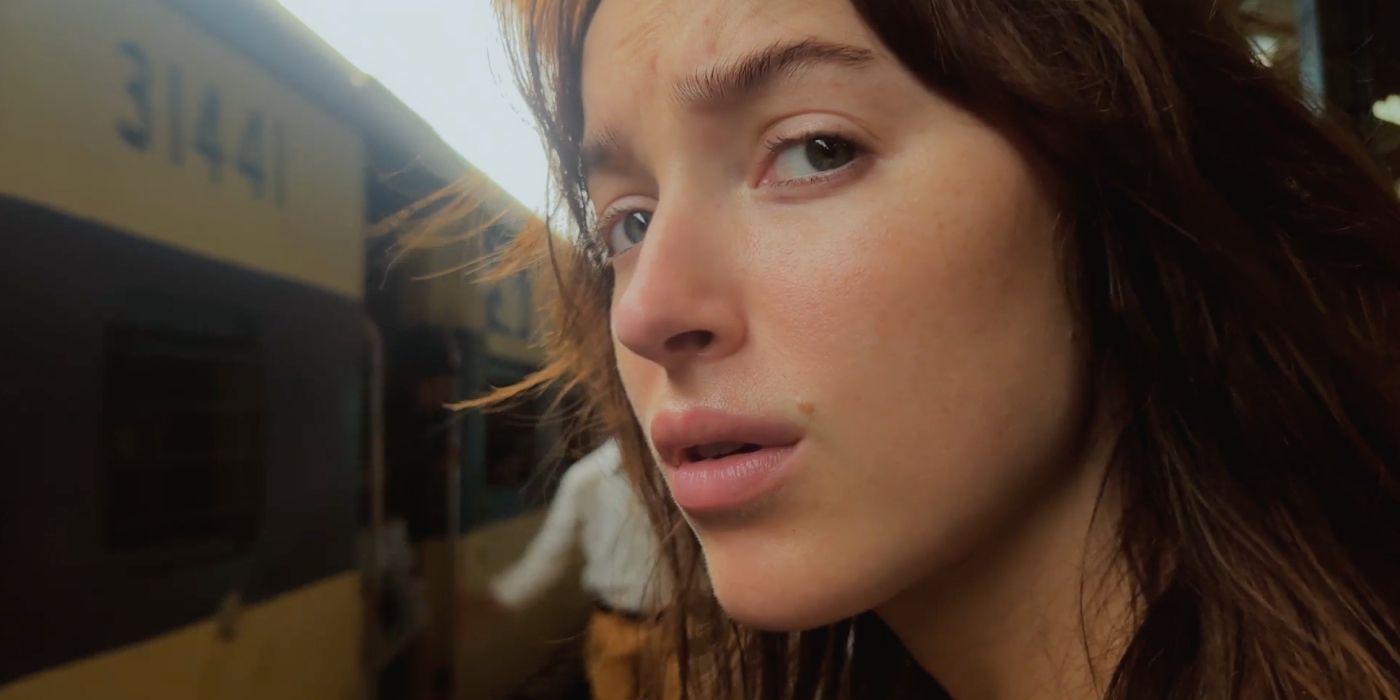


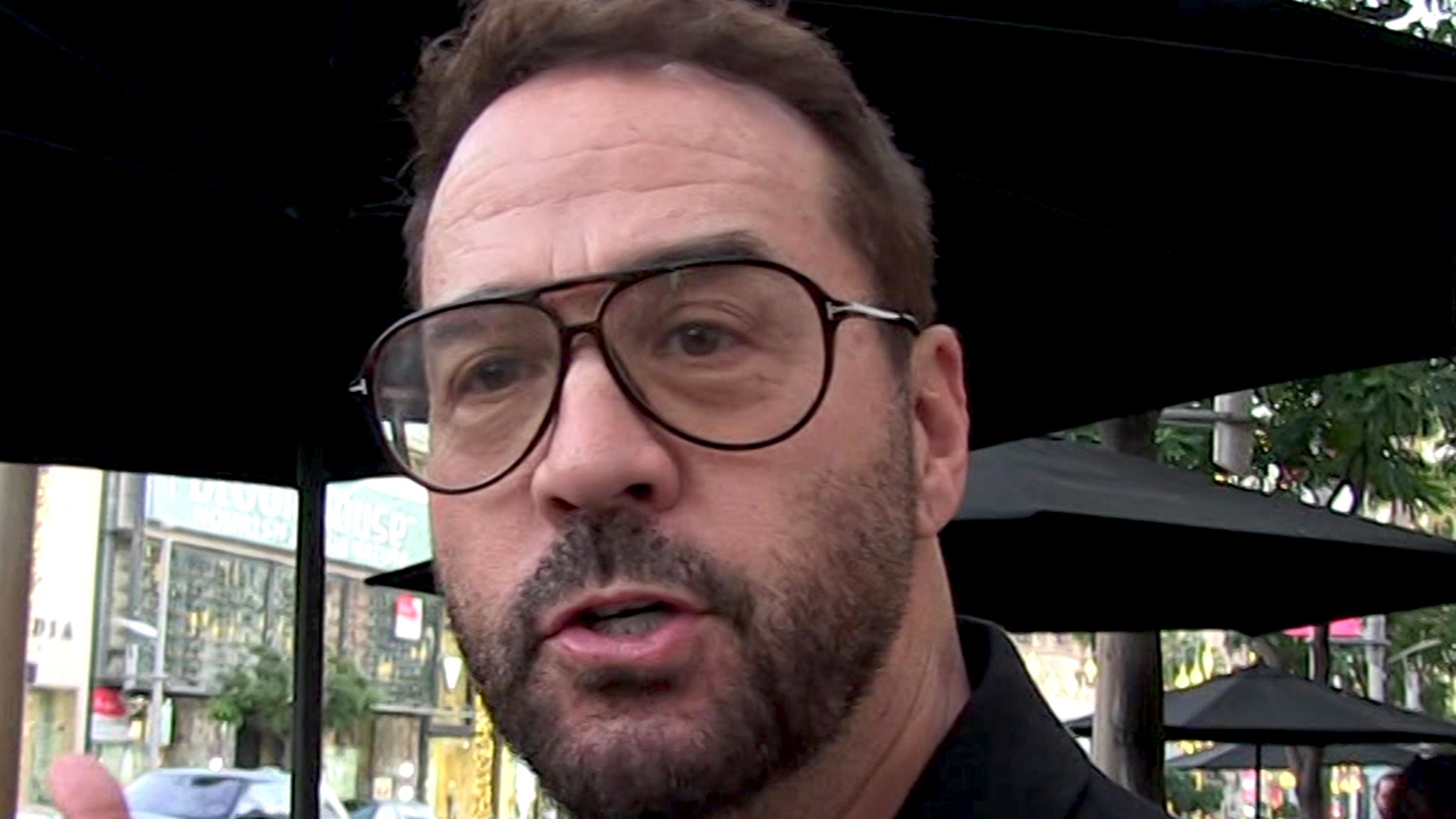
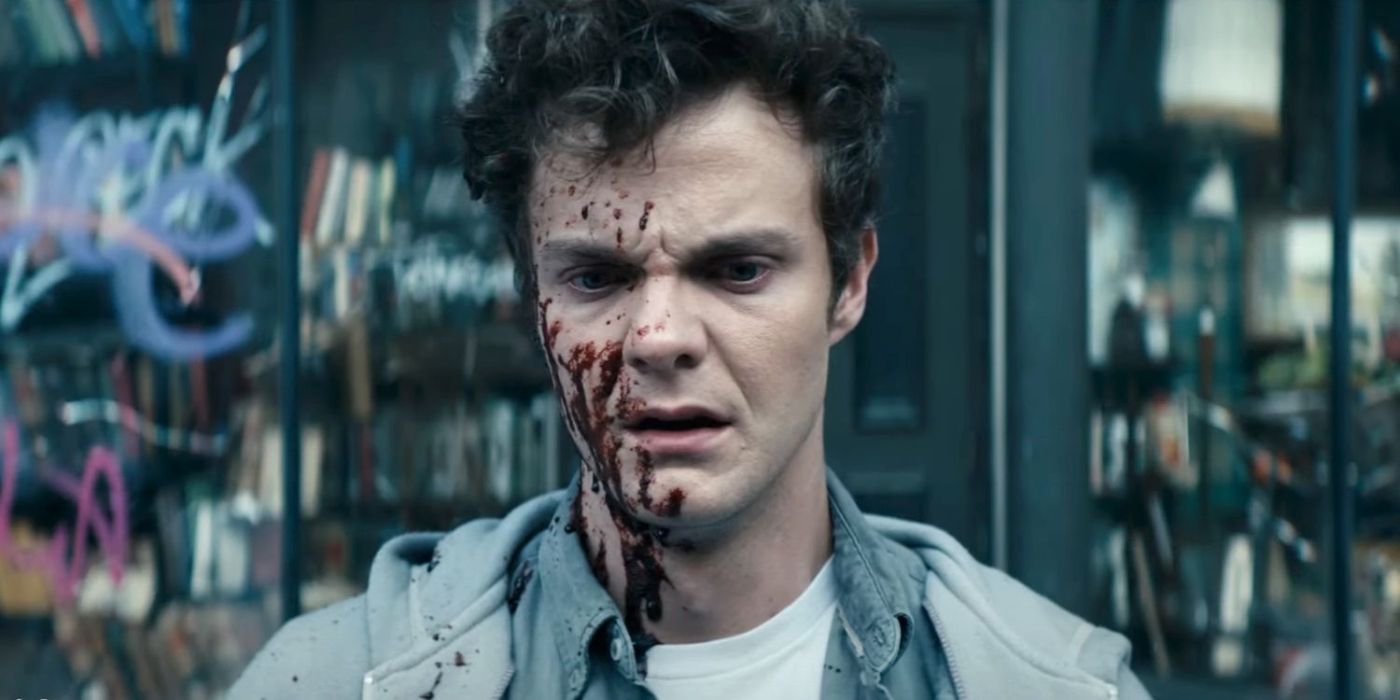
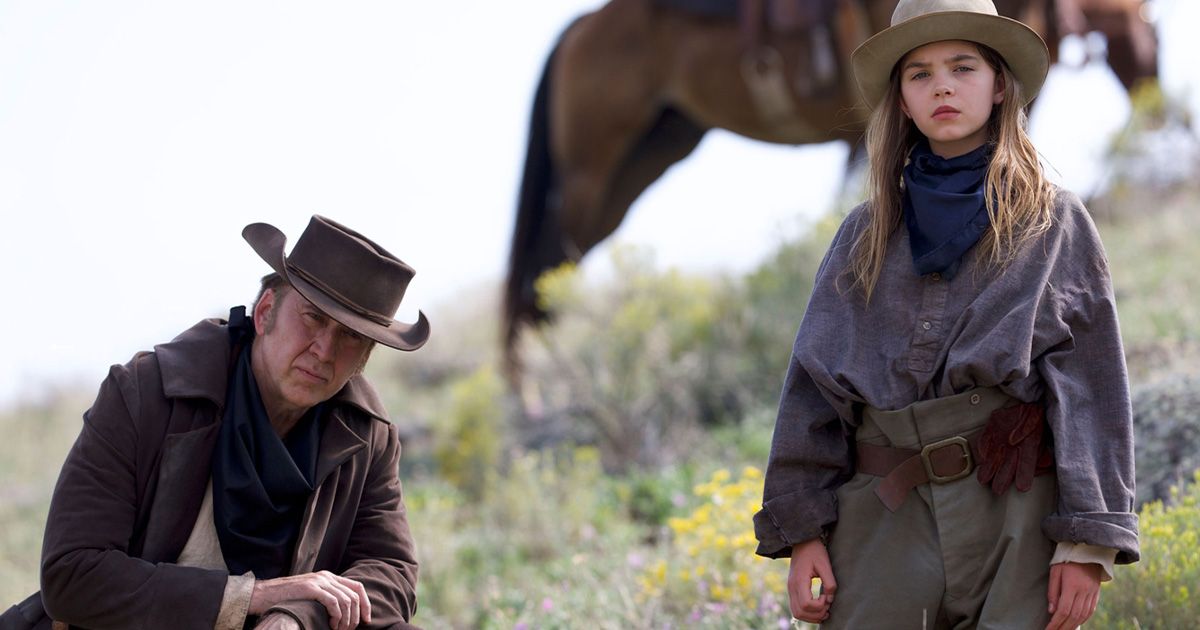
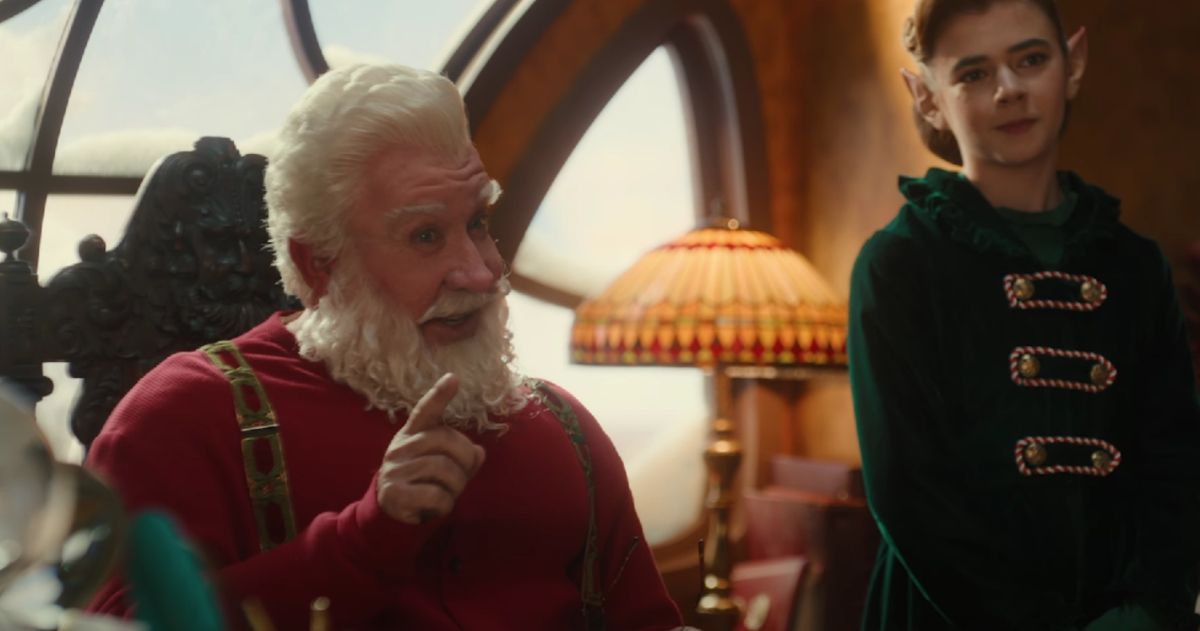



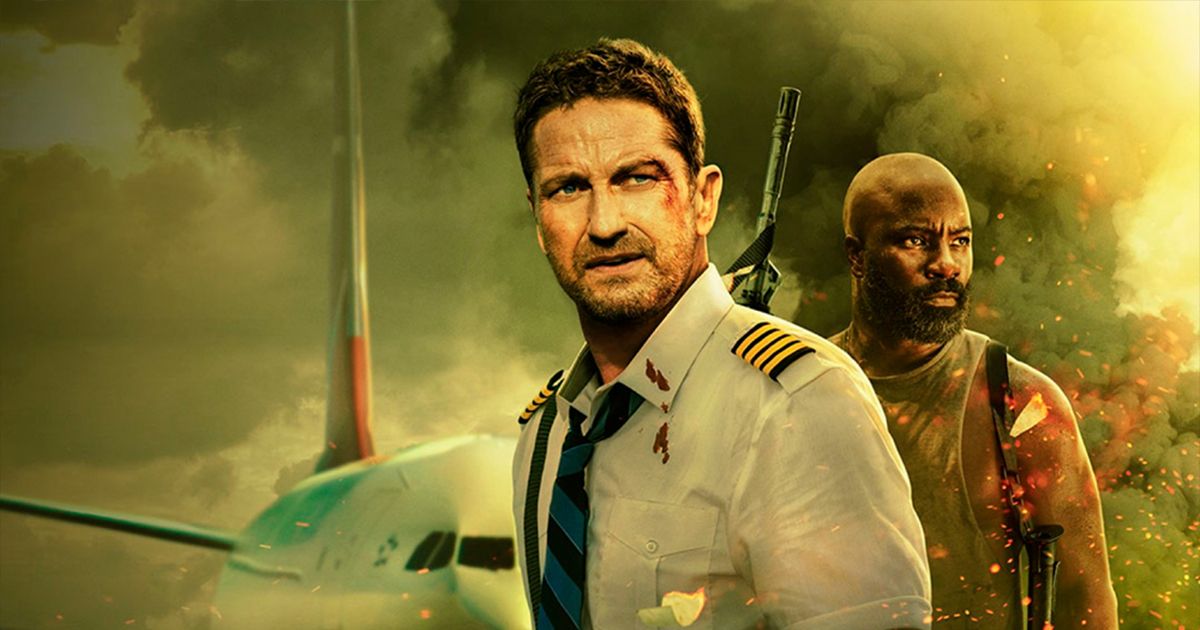

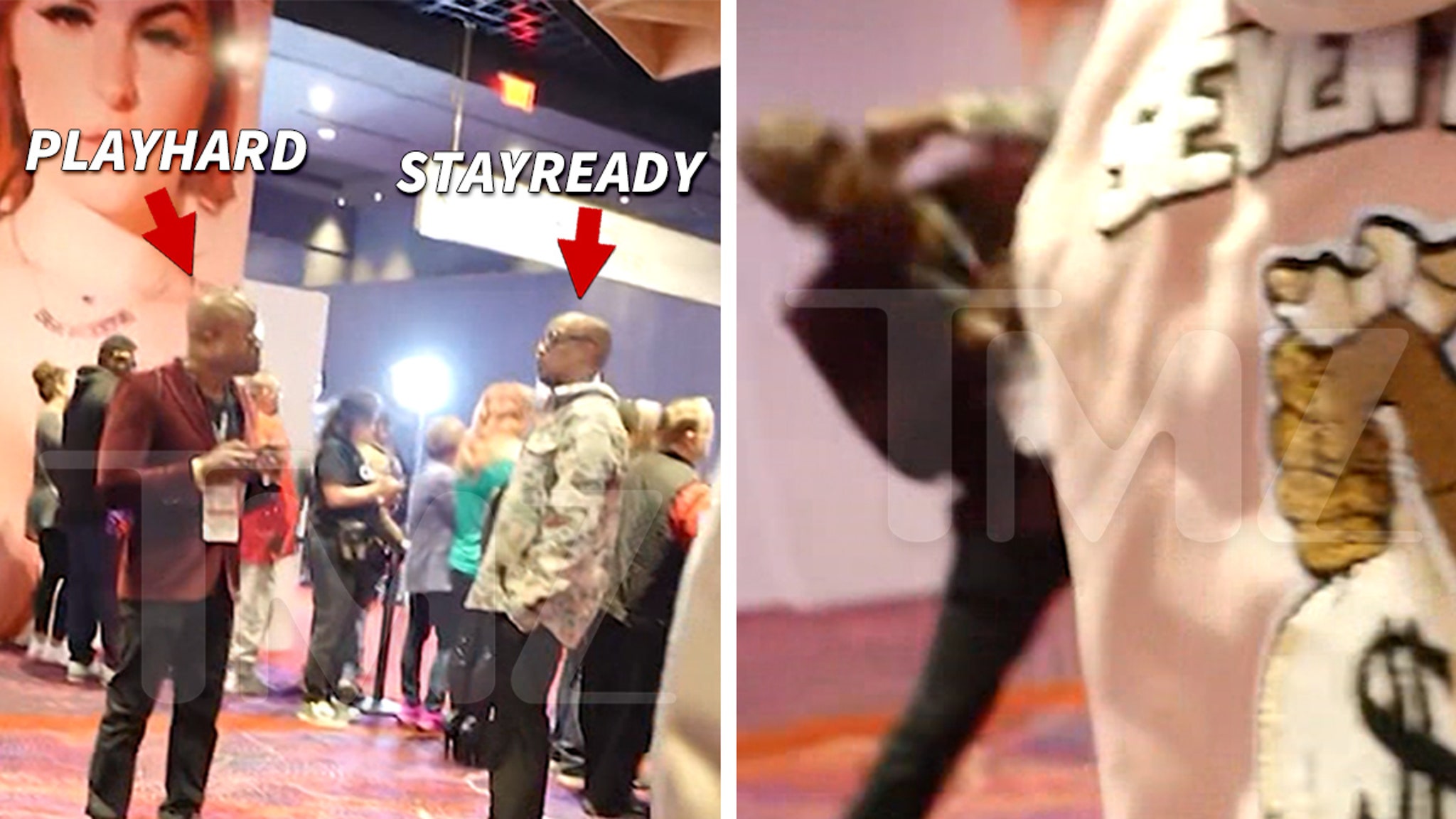

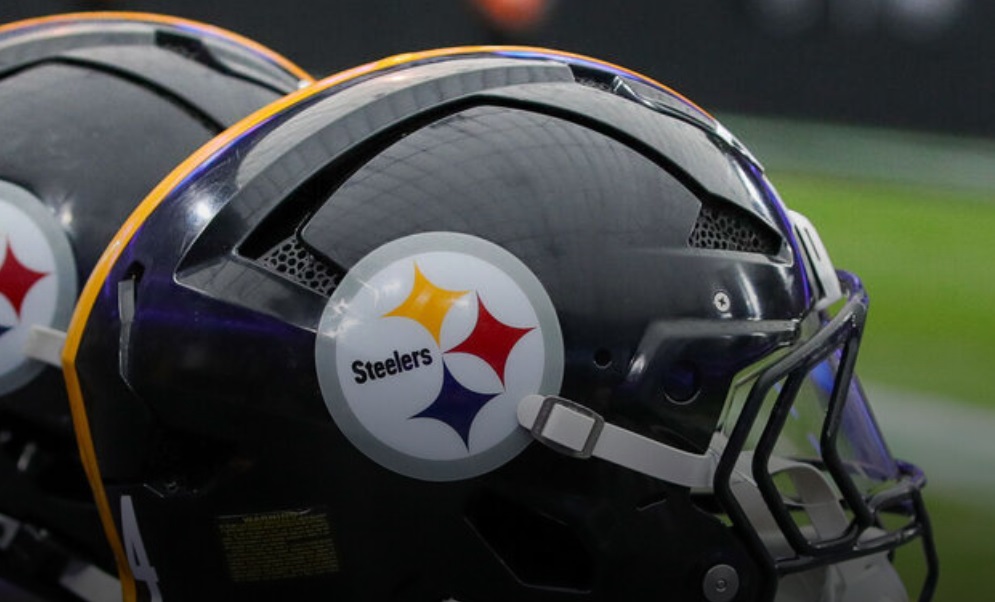

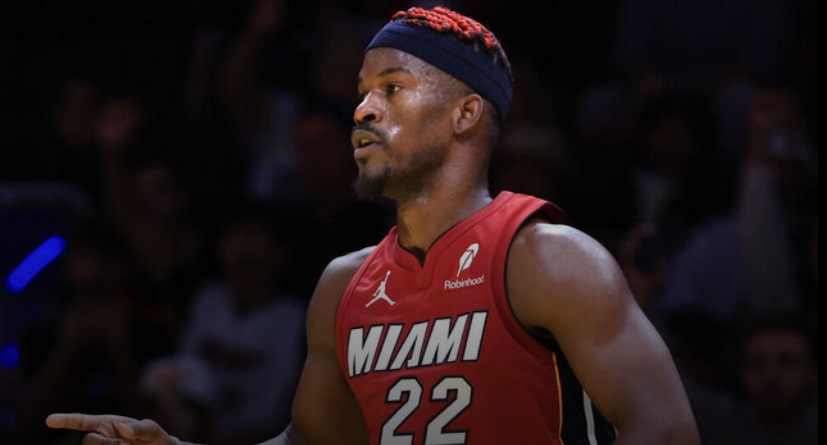
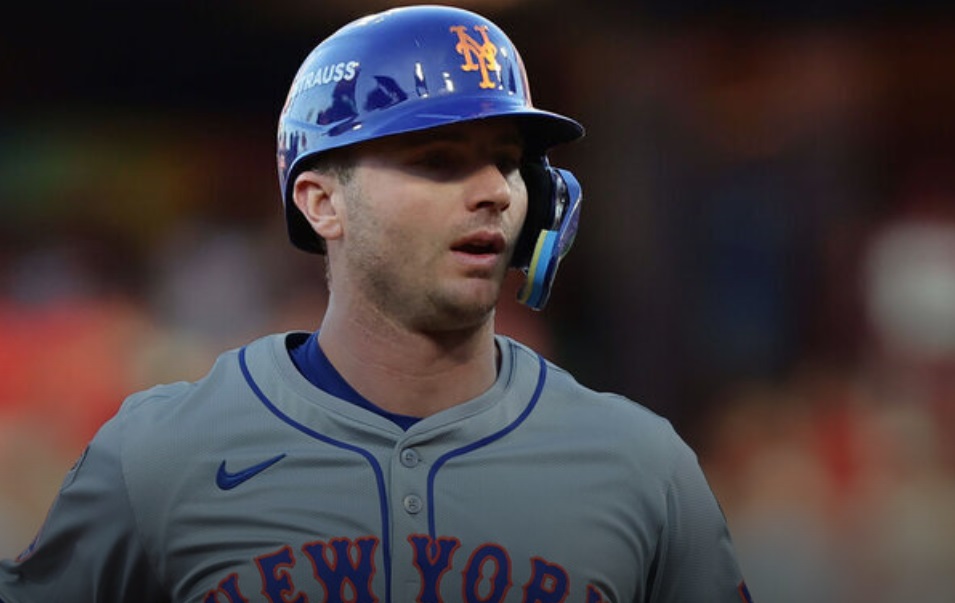


:quality(85):upscale()/2025/02/06/945/n/1922564/a2c8cf0867a52caa4330c3.84654359_.png)

